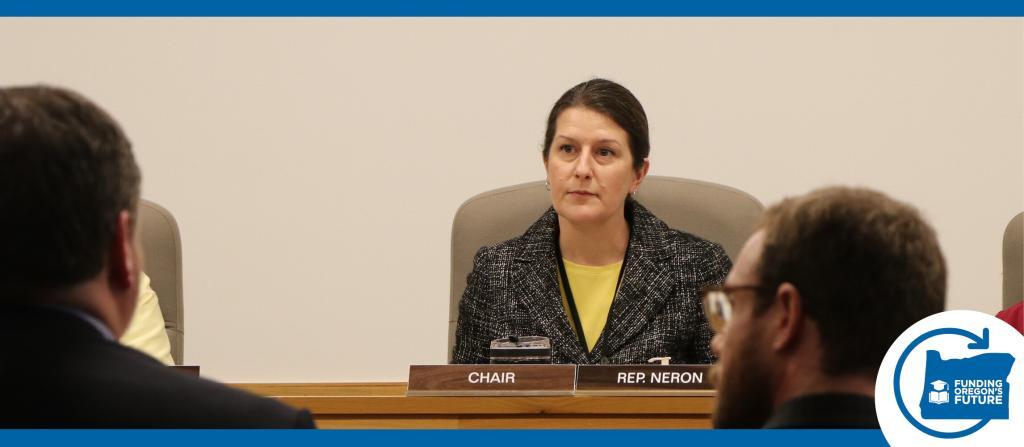
A bill to reframe the biennial school funding debate stayed one step ahead of the legislative reaper.
House Bill 2739 would restore education stakeholders’ input into state calculations on the “current service level,” the amount of money school districts need to maintain staffing and programs into the next biennium.
On Monday, April 3, the amended bill was voted out of the House Education Committee, where it would have died under legislative deadlines, to the Joint Ways and Means Committee, where it can be fine-tuned.
Legislative Highlights is offering a weekly “Funding Oregon’s Future” this session to follow the 2023-25 State School Fund. HB 2739 could affect that process far into the future.
The CSL calculation sets the stage for the State School Fund discussion. The Department of Administrative Services, working with the Legislative Fiscal Office, gives legislators an opening estimate. Then education stakeholders bat that number around for months, telling legislators that it is based on faulty assumptions. It wasn’t always like this.
The CSL became more important in the 1990s as the school funding model shifted away from local funding to a larger reliance on the State School Fund. From 1999 to 2014, education stakeholders were included in the CSL preparation. But in 2014, former Oregon Gov. John Kitzhaber ordered education stakeholders to be removed from the process.
The resulting estimates differed so substantially from schools’ understanding that, in 2017, the Oregon Association of School Business Officials started offering a CSL calculation based on school districts’ actual contracts.
This year, the state originally estimated the CSL to be $9.5 billion. Business managers calculated $10.3 billion. But when legislators took up the $9.9 billion State School Fund bill, HB 5015, it was presented as being above the current service level, not falling $400 million short of what schools had calculated. HB 2739 is an attempt to return to presenting the Legislature one number for CSL.
Rep. Courtney Neron, D-Tigard, said she brought the bill to give the Legislature a more accurate CSL number. She noted that school districts cannot increase their funding on their own, meaning they have to cope with whatever the Legislature decides.
“As an educator, parent and legislator, I care deeply about ensuring stable and adequate funding for our schools,” Neron said when introducing the bill to the education committee.
The bill does not increase funding or obligate the Legislature to fund to any particular level, though. Instead, it would set an agreed-upon floor for the school funding debate — the CSL — so that legislators can then focus on what school funding should be.
“Ideally, when we get one number … the conversation can fundamentally change,” Neron said April 3.
HB 2739 would require DAS to form an advisory committee to help calculate current service level. The committee would have at least 12 members, including school representatives for board members, administrators, teachers and business officials. A proposed amendment would add parent representatives.
The adopted -4 amendment pulls some of the original’s teeth, taking out calculation methodology requirements that more closely align with school business officials’ approach.
During the April 3 hearing, Rep. Emily McIntire, R-Eagle Point, questioned whether the amended bill would really provide one CSL number. She said DAS can already take input from education stakeholders if they choose to.
“We already have groups of people saying what the current service level is, and there is a complete disregard for it,” said McIntire, an Eagle Point School Board member.
Although the committee’s recommendations would inform DAS’s number, the bill does not require DAS to use it. But Rep. Zach Hudson, D-Gresham, noted the bill would give education stakeholders an official seat at the table so that their recommendations would carry more weight.
OSBA Legislative Services Director Lori Sattenspiel said HB 2739 remains a good bill to improve the State School Fund debate.
“Instead of us fighting, we would actually have a process,” she said.
– Jake Arnold, OSBA
[email protected]
Previously in the series: Bill shapes are starting to emerge at midpoint of the 2023 legislative session